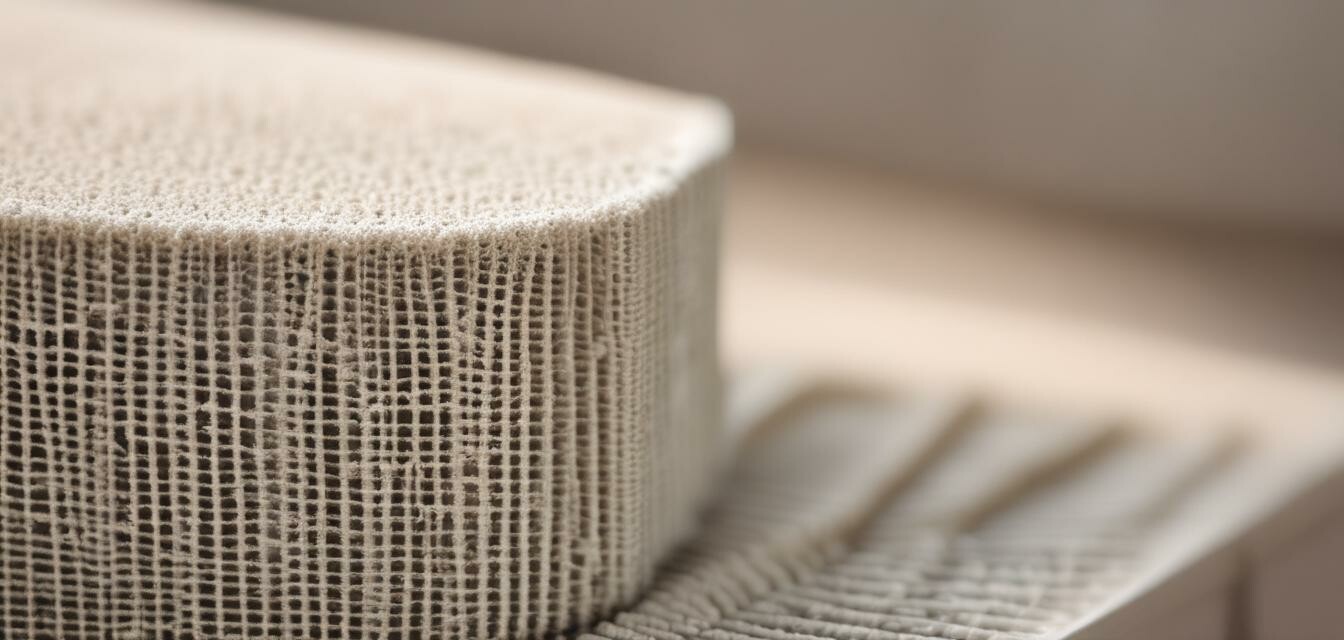
This article was generated using AI and is based on real customer reviews from the Amazon platform. It contains affiliate links, meaning we may earn a commission—at no extra cost to you. As Amazon Associates, we earn from qualifying purchases.
Understanding the Importance of Regular Filter Changes
Key Takeaways
- Regular filter changes enhance vacuum efficiency and indoor air quality.
- HEPA filters trap allergens, preventing them from circulating back into your home.
- Building a filter maintenance routine saves money on repairs and replacements.
- Know the right frequency for filter changes to maintain optimum performance.
Keeping your home free from allergens is important for a healthy living environment, especially for those with allergies. A crucial aspect of maintaining your allergy-friendly vacuum is the regular changing of its filters. This article will delve into the significance of filter changes and provide comprehensive insights on how to ensure your vacuum remains effective against allergens.
Why Regular Filter Changes are Essential
The filter in your vacuum plays a vital role in trapping dust, pollen, pet dander, and other allergens. Over time, these filters can become clogged, leading to reduced efficiency and air quality. Here are several reasons why regular filter changes are essential:
- Improved Suction Power: A clean filter allows your vacuum to operate at peak performance, improving suction power.
- Enhanced Indoor Air Quality: Dirty filters recirculate allergens back into your home, compromising air quality.
- Prolonged Vacuum Life: Regular maintenance, including filter changes, can extend the life of your appliance.
- Cost-Effective: Preventing damage from clogged filters saves you money on repairs and replacements.
Types of Filters in Allergy-Friendly Vacuums
Allergy-friendly vacuums can have various types of filters, each requiring different maintenance. Here’s a brief overview:
| Filter Type | Description | Recommended Change Frequency |
|---|---|---|
| HEPA Filters | High-efficiency filters that trap small particles. | Every 6-12 months |
| Foam Filters | Reusable and washable filters that capture larger particles. | Every 3-6 months |
| Carbon Filters | Filters designed to eliminate odors and trap gases. | Every 4-6 months |
Signs That Your Filter Needs Changing
It’s crucial to be aware of signs that indicate it's time to replace or clean your vacuum's filter. Here are the most common signs:
- Reduced Suction: If your vacuum’s performance has decreased, the filter could be clogged.
- Odors: Unpleasant smells from the vacuum can signal a dirty filter.
- Visible Dirt: Check the filter for visible accumulation of dust and dirt.
- Frequent Clogs: If you are experiencing frequent clogs, it may be time for a change.
Maintenance Tips for Vacuum Filters
To keep your vacuum performing at its best, consider the following maintenance tips:
Tips for Beginners
- Check your filter regularly, at least once a month.
- Follow manufacturer instructions for cleaning and replacing filters.
- Keep a maintenance schedule as a reminder for when to change filters.
- Consider investing in a vacuum with easily accessible filters for quicker changes.
Conclusion
Regular filter changes in allergy-friendly vacuums are essential for maintaining optimal performance and ensuring a healthier home environment. By understanding the types of filters, knowing the signs that indicate a need for change, and following a maintenance routine, you can keep allergens at bay and your vacuum running efficiently. For more in-depth information, check out our Maintenance Tips section, which is dedicated to keeping your allergy-friendly vacuum in top shape.
Pros
- Enhanced air quality for allergy sufferers.
- Improved vacuum efficiency and performance.
- Longer lifespan for your appliance.
- Cost-effective maintenance solutions.
Cons
- Routine maintenance required to see benefits.
- Can be easy to forget or overlook.
- Initial cost of quality filters can be high.